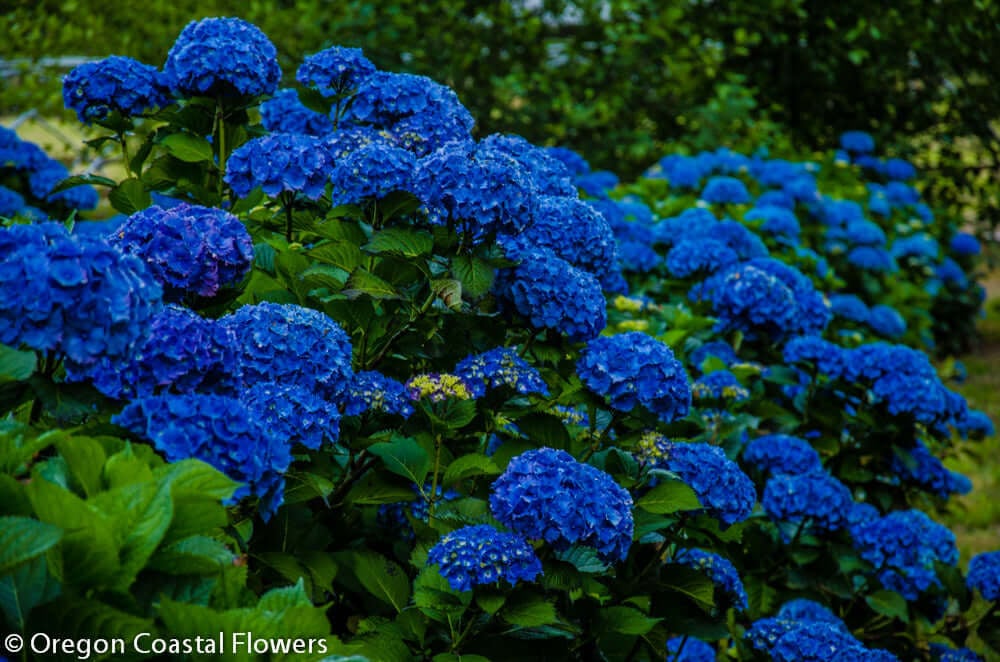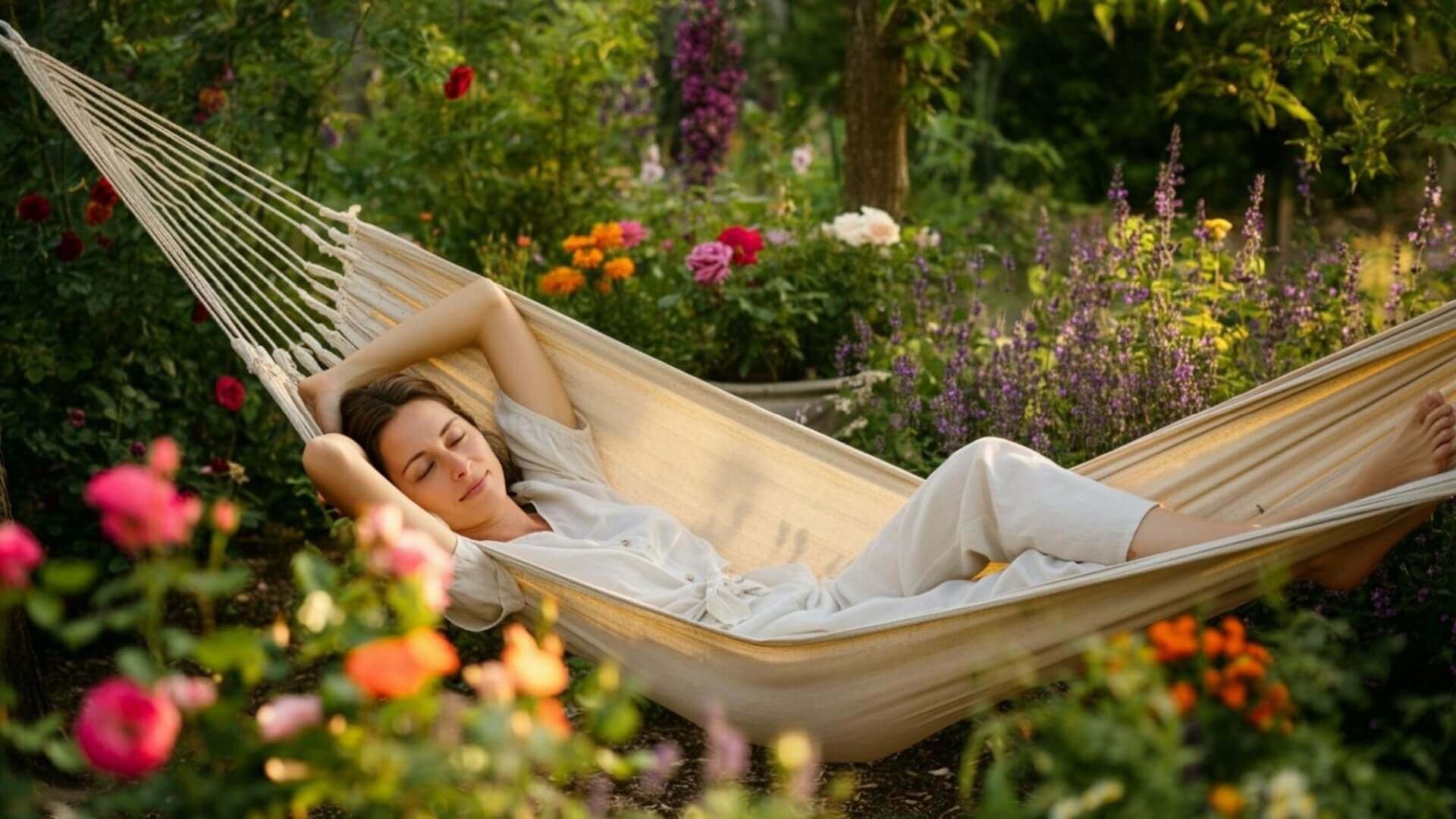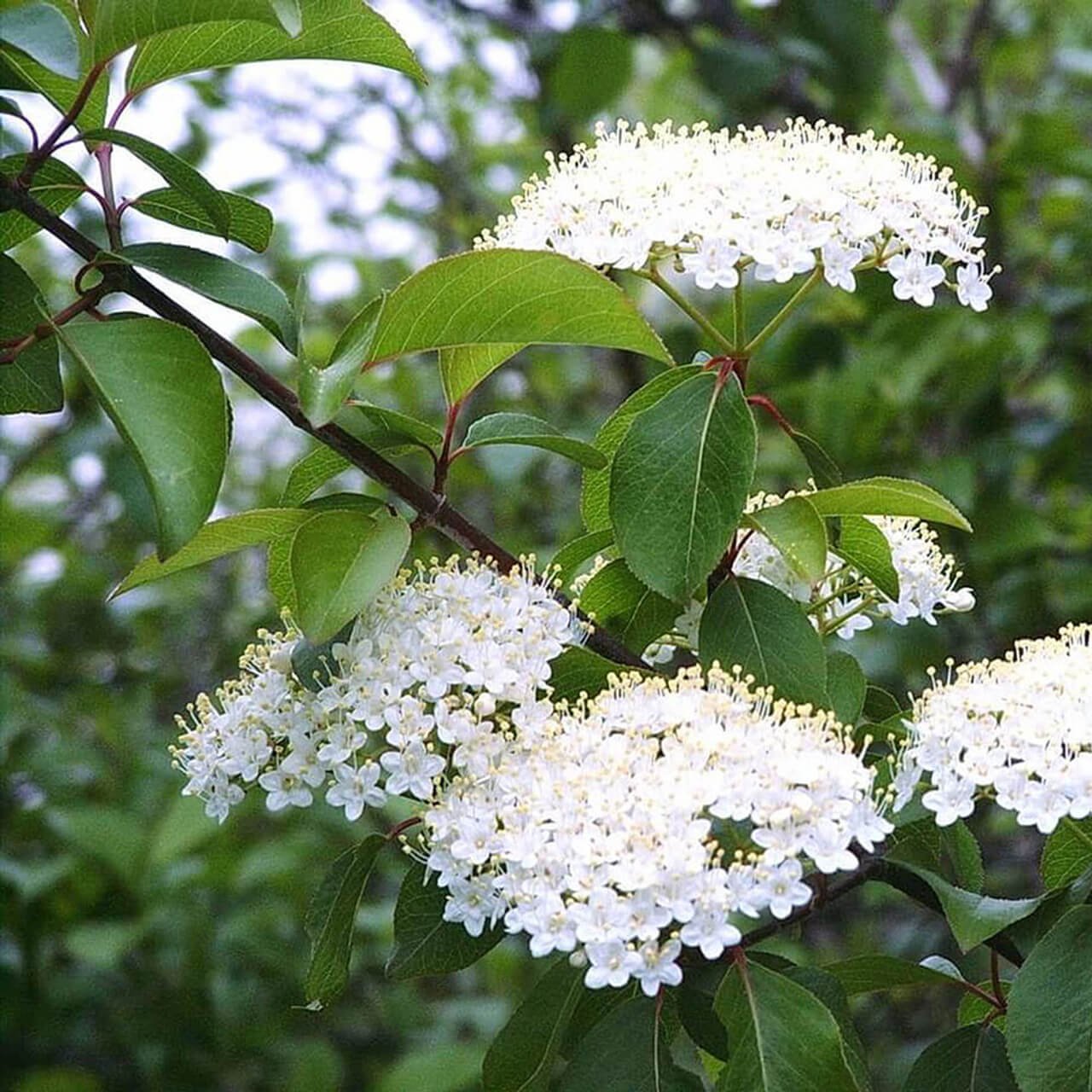Mapleleaf Viburnum - Frequently Asked Questions
Viburnum acerifolium, commonly called Mapleleaf Viburnum, is a shrub plant that belongs to the deciduous type found in North America. Often valued for its beautiful appearance and effect on the immediate or overall environment, interest in this species has been stirred among growers and those in the landscaping business.
What is Mapleleaf Viburnum?
Traditionally, Mapleleaf Viburnum is a multi-stemmed shrub, which ambits from the family of Adoxaceae. Most popularly known for the Maries by its maple-like foliage, the plant generally spreads to 4 to 6 feet and can ascend to 12 feet as a specimen tree. It is white flowering in spring and turns to pretty red berries in summer.
Its potential may be very high, with an upright but spreading habit at full maturity and an impressive rounded crown. This tree has simple leaves that are dark green, though they can turn purplish in the fall season.
How do I prune it?
It becomes necessary to prune Mapleleaf Viburnum because it's good for its health.
- Timing: Spring is the ideal time for pruning, but this can be done in late winter if you do not wish to wait.
- Technique:
- It is important to prune dead, diseased, and damaged branches.
- Prune to give the plant a new shape that conforms to the plant's form and size naturally.
- Goal: Try and keep an open center so that the light can penetrate the interior part for growth and flowering.
Pruning can be done regularly to help maintain the attractiveness and longevity of Mapleleaf Viburnum.
Are the berries edible?
The fruit of Mapleleaf Viburnum is technically safe for consumption in terms of toxicity; nevertheless, the fruit tastes bitter, and people do not commonly consume this fruit. Pines and other wildlife prefer the berries more and can be taken quickly by the wildlife as food. For food preparation of the berries, if intending to use them for human eating, it is recommended to check on local sources on the preparation methods.
Is it useful for landscaping?
Yes, Mapleleaf Viburnum is an excellent choice for landscaping due to various factors:
- Aesthetic Appeal: The great-leaved foliage, beautiful flowers, and brightly colored fruits give gardens improved aesthetics.
- Wildlife Habitat: Serves the purpose of food as well as shelter for birds and helpful insects.
- Versatility: Best grown in a hedgerow or along borders; alternatively, it can also be grown alone in a garden, etc.
Conclusion
All in all, this is an incredible, functional, decorative shrub with many uses. It is relatively easy to grow, even with beautiful leaves and early spring flowers, and supports the fauna. The plant may be grown, maintained, and propagated by carefully studying its growth requirements, care, and other particulars. Mapleleaf Viburnum has been established as the best option for beautifying your garden or creating to support wildlife. In responding to these frequently asked questions about this wonderfulshrub, we want to see more gardens welcome it with open arms.
Read more

Blue hydrangeas make a great addition to your outside area and interior, which people adore as the result of plant breeding due to their bright color and abundant flowering.

Through every triumph and setback, gardeners cultivate more than just plants; they nurture their growth and connection to the natural world. Gardening is a journey that continuously teaches, reward...



